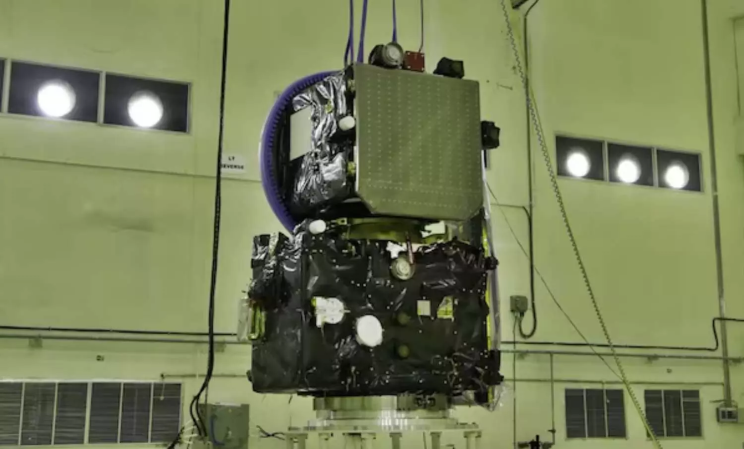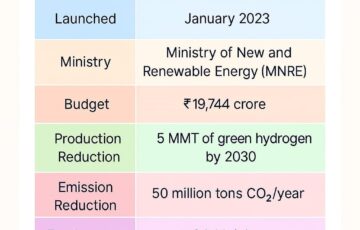ISRO to Launch ESA’s Proba-3 Mission on December 4
Why in the news?
ISRO will launch ESA’s Proba-3 mission to study the Sun’s corona, utilizing precision formation flying, offering crucial solar weather insights and scientific collaboration opportunities for India.
Mission Overview:
- ISRO will launch the European Space Agency’s (ESA) Proba-3 mission on December 4, 2024, using its PSLV rocket from Sriharikota.
- Proba-3 aims to study the Sun’s corona, the outermost and hottest layer of the Sun’s atmosphere, which is challenging to observe due to its extreme temperatures.
- The mission will feature precision formation flying, with two satellites flying together in tandem to create a shadow and block out the Sun’s light, allowing detailed observations of the corona.
Scientific Objectives and Instruments:
Proba-3 will carry three key instruments:
- ASPICCS (Corona-graph): Observes the Sun’s inner and outer corona, providing a close-up view of the normally visible corona during solar eclipses.
- DARA (Digital Absolute Radiometer): Measures total solar irradiance, helping study the Sun’s energy output.
- 3DEES (3D Energetic Electron Spectrometer): Monitors electron flux in Earth’s radiation belts, contributing to space weather research.
- The mission will provide extended observation time (6 hours compared to the 10 minutes typical in natural solar eclipses), offering unprecedented insights into the solar corona.
Implications for India:
- Proba-3’s launch highlights India’s growing space capabilities and reliable launch infrastructure, showcasing its position in global space missions.
- Indian solar physicists could gain exclusive access to Proba-3 data, collaborating with ESA for advanced solar research.
- India plans to integrate Proba-3 data with its own solar mission, Aditya L1, for joint studies and research advancements related to the Sun.
About Coronal Mass Ejections (CMEs):
- Definition: Coronal Mass Ejections (CMEs) are large expulsions of plasma and magnetic fields from the Sun’s corona into space.
- Components: CMEs consist of electrons, protons, heavier ions, and magnetic fields.
- Process: They occur when the Sun’s magnetic field becomes unstable and releases vast amounts of material.
- Impact: CMEs can affect space weather, causing solar storms that influence satellite communications, navigation systems, and power grids on Earth.
- Propagation: CMEs travel outward through the solar system.
Sources Referred:
PIB, The Hindu, Indian Express, Hindustan Times





